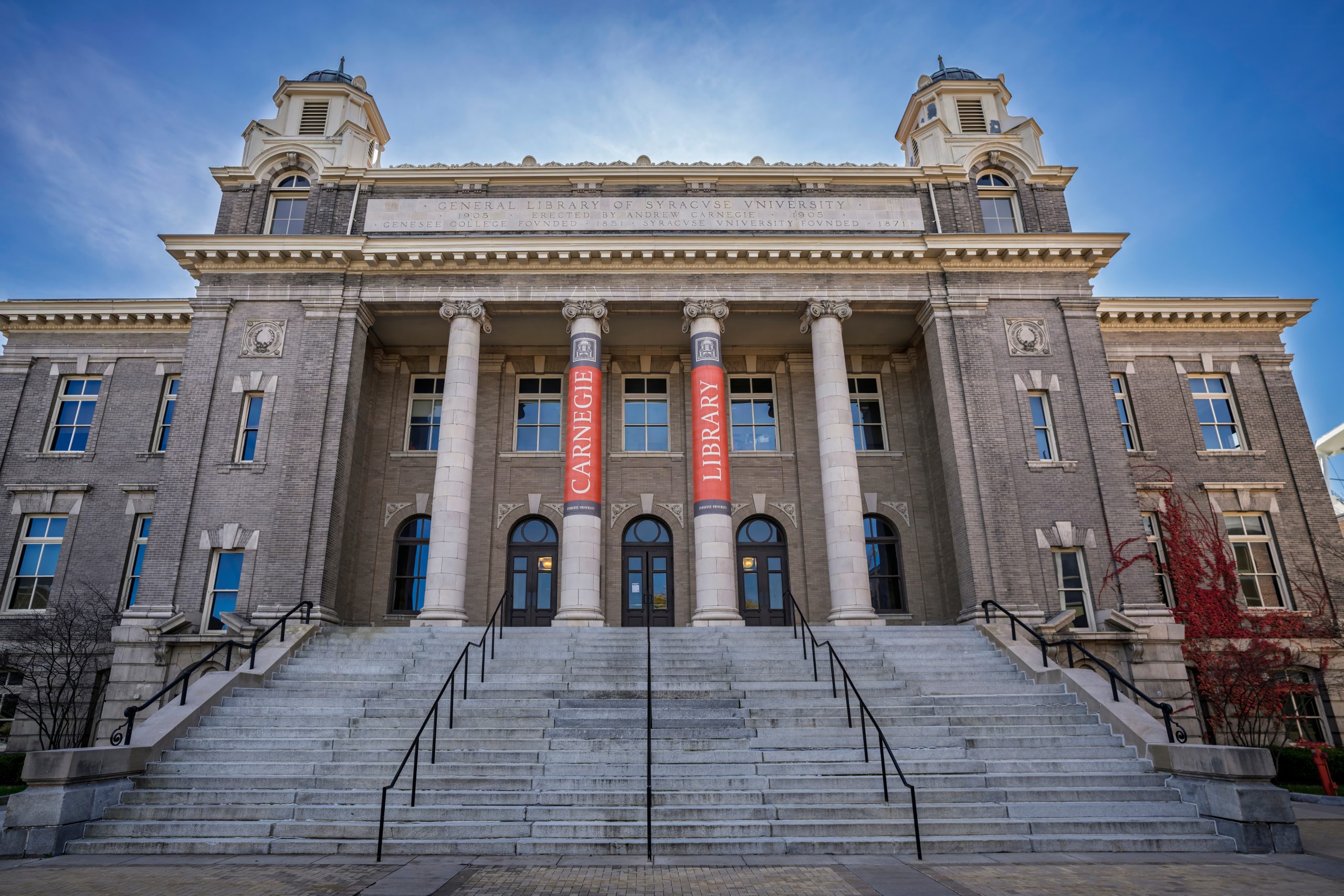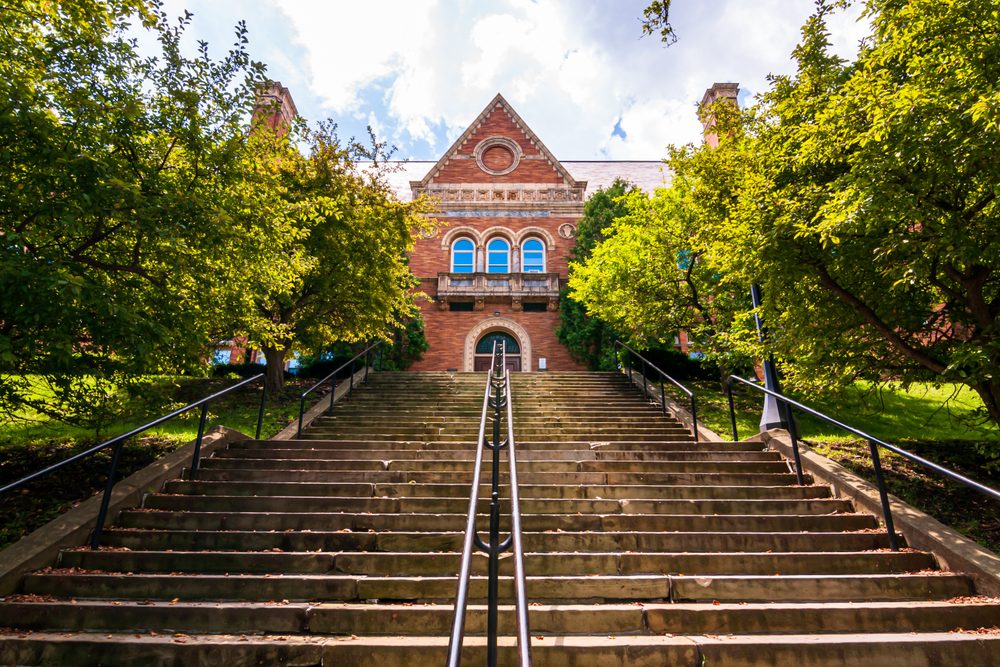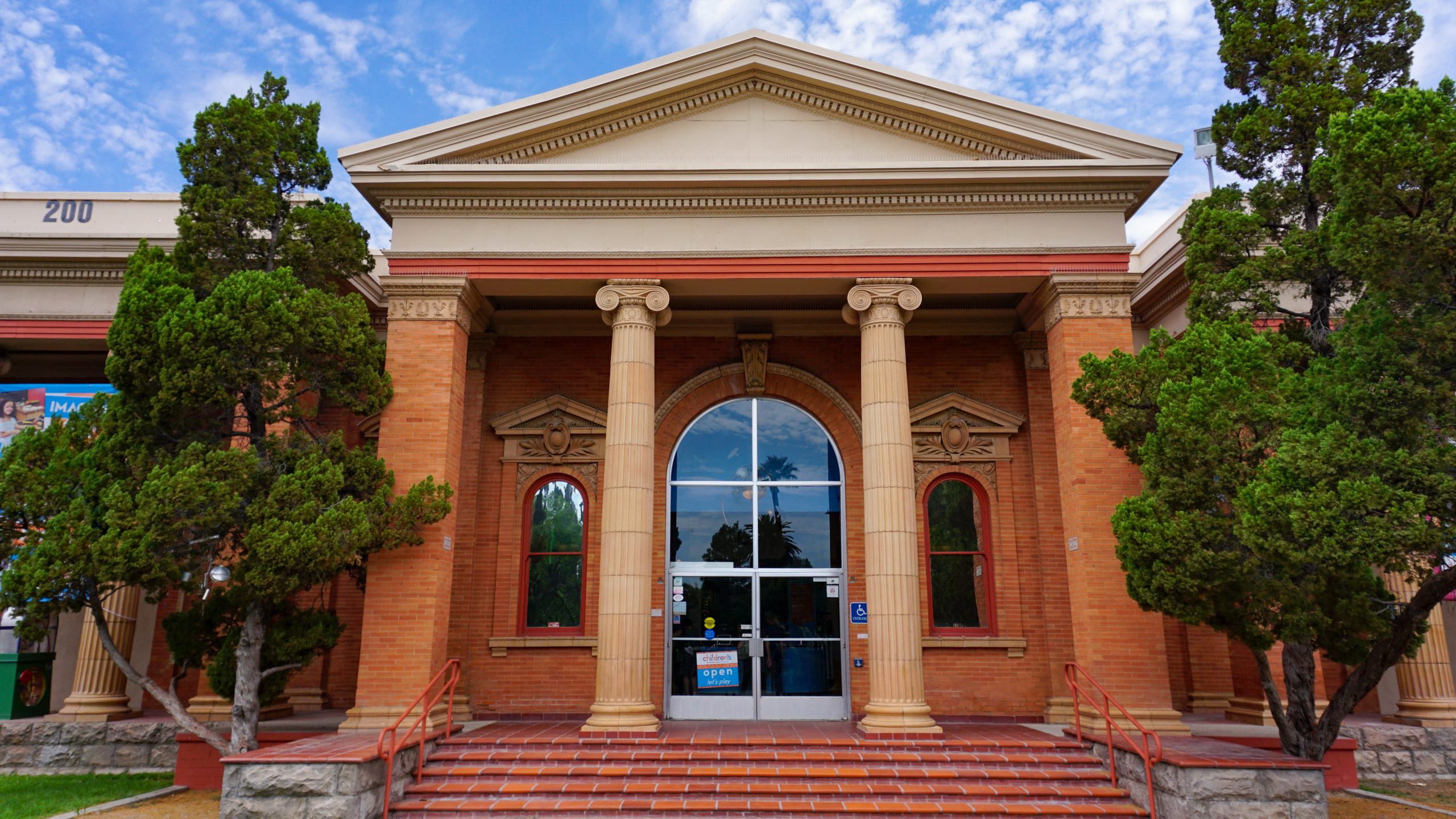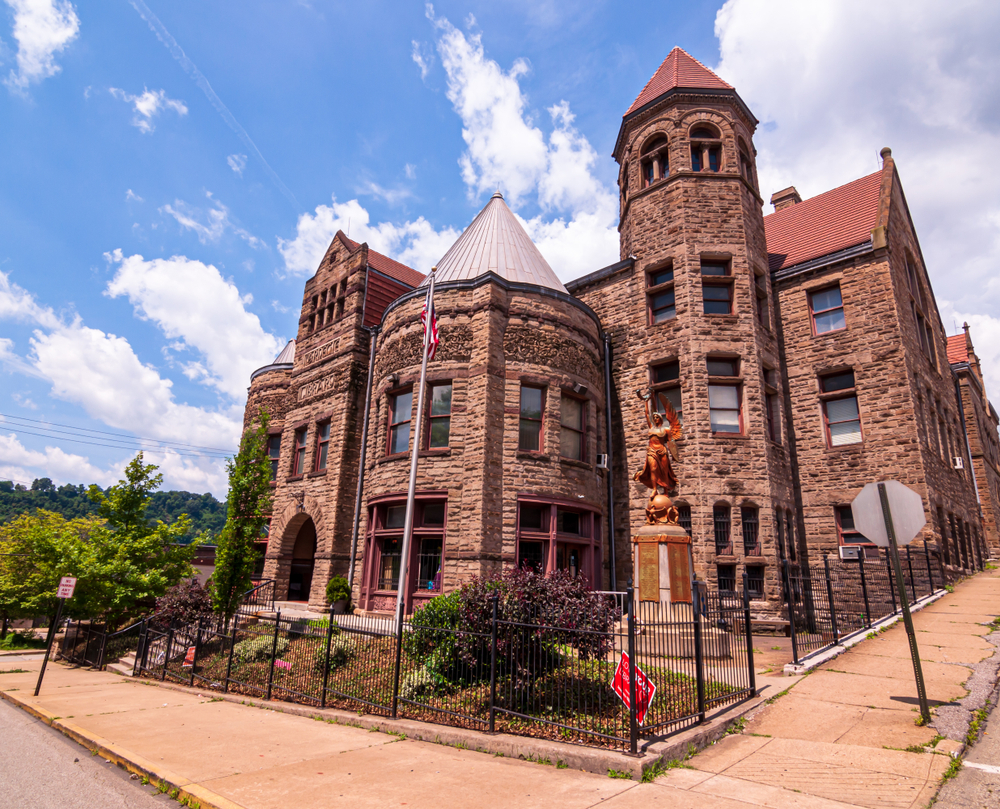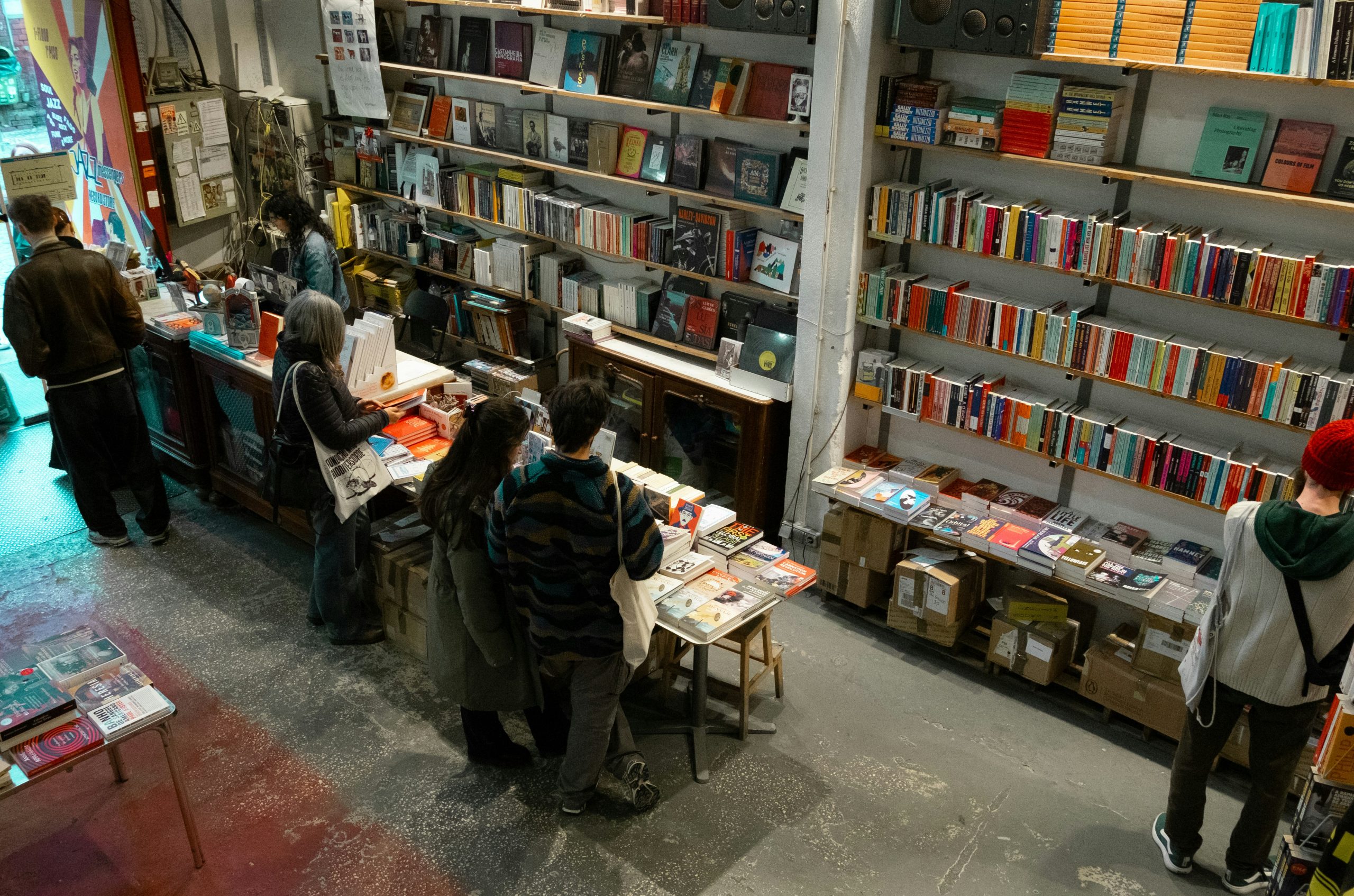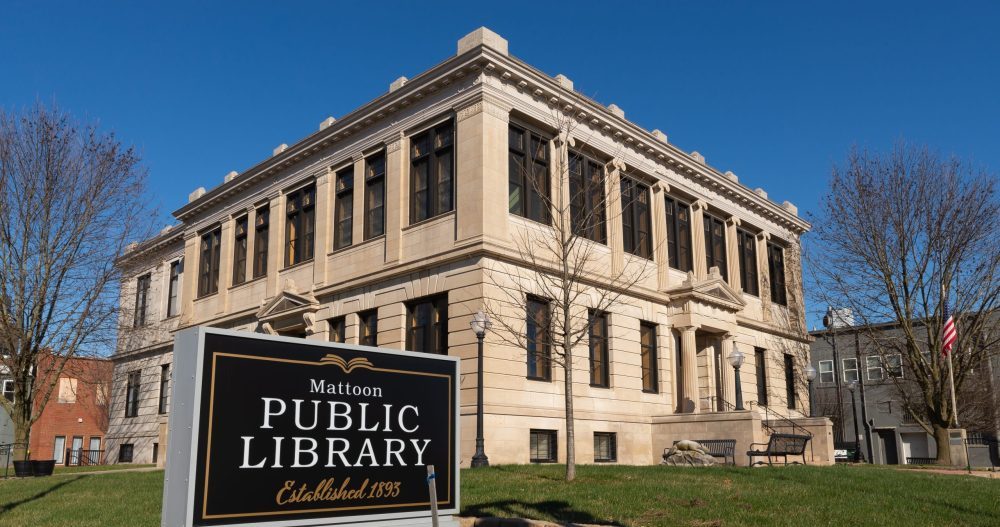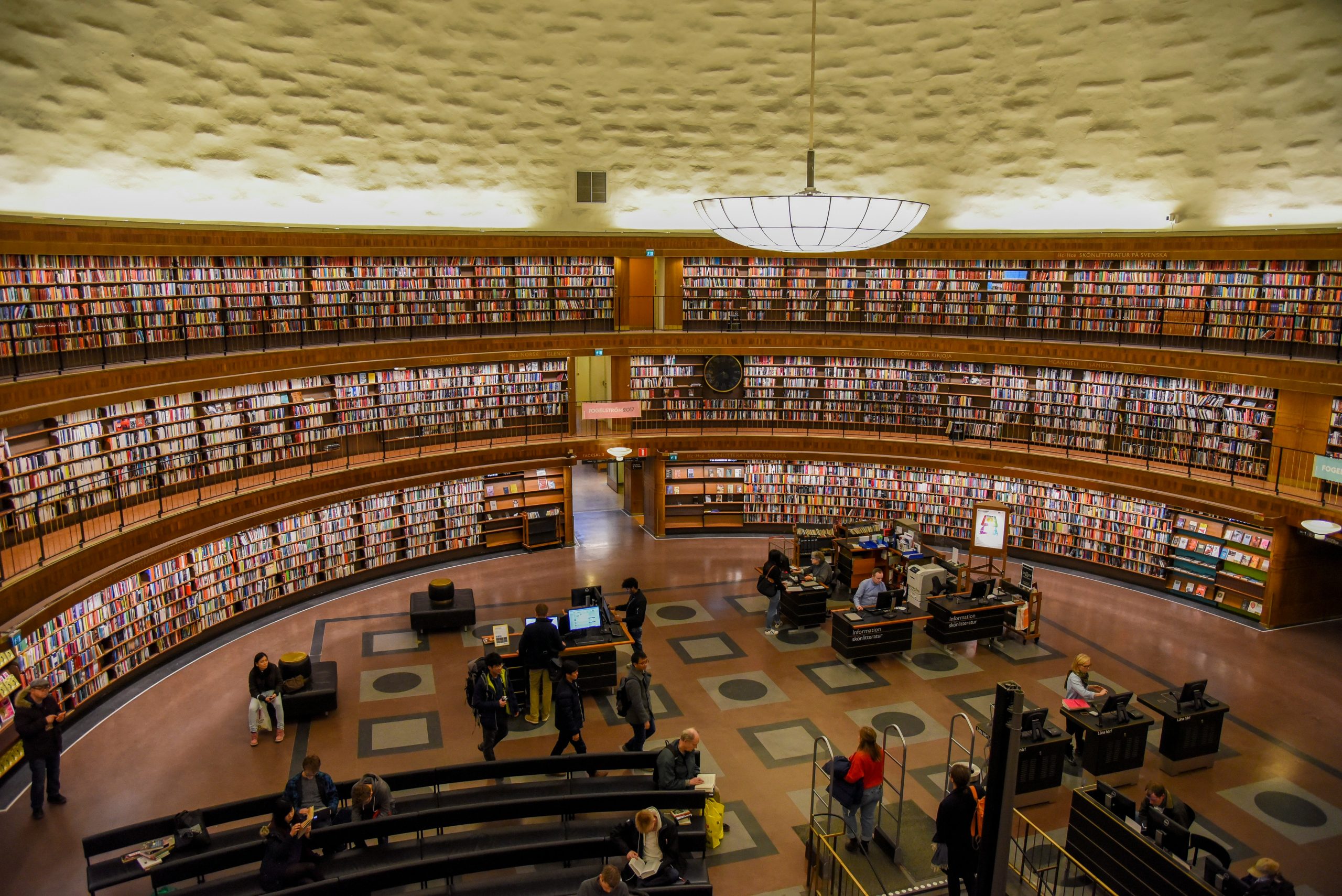Carnegie Corporation of New York has launched a new mapping tool based on primary sources and archival materials for people to locate and read about the nearly 1,700 Carnegie libraries built in the United States with funding from Scottish immigrant, American steel magnate, and philanthropist, Andrew Carnegie (1835-1919). He called them “palaces for the people.” Today, we might call them essential and trusted communities for the people – they are places of culture, reading but also information gathering and learning.
Last fall, Dame Louise Richardson, the president of Carnegie and former president of the University of Oxford, said, “In the words of Andrew Carnegie, libraries are ‘cradles of democracy’ that stand as ‘temples of knowledge. In honor of our founder and the enduring and crucial importance of libraries to a free, open, and educated society, Carnegie is delighted to support libraries and the essential infrastructure they provide for a strong democracy.”
The interactive map is part of Carnegie Foundation’s renewal of its commitment and support of libraries as trusted public institutions that support the forces of cohesion in our communities and help reduce political polarization. It is a part of the institution’s ‘return to its roots’ focus, including elevating the role of trusted public institutions. It allows visitors to search by zip code to locate the free public libraries by Carnegie and the more than 100 academic libraries at colleges and universities.
The map provides insights into the towns and communities across America where libraries are still important building blocks of the community providing resources and places where people of every age and background can go. As you will read, the libraries in the U.S. serve as safe and educational and universally accepted third places for everyone.
Carnegie Then
Carnegie libraries were a vital part of the country’s great library movement of the 19th century and remain a vital part of the American library system. Overall, the U.S. has almost 125,000 libraries, but only just over 9,000 of them are central public libraries – there are additional branch libraries. The first library in the U.S., the Library Company of Philadelphia, was founded in November 1731 by Benjamin Franklin as a free lending library. The Peterborough New Hampshire Library was the first public library in 1833 followed by the Boston Public Library in 1848.
According to the Carnegie website: Carnegie came to America as a boy in 1848 and landed in Allegheny, Pennsylvania where he worked as a bobbin boy in a textile mill. He had access to the private library of a Colonel Anderson, who offered to lend books to workers every Saturday. According to the Carnegie site: “He only had about 400 volumes in his library, but they were valuable books, and I shall never forget the enjoyment and the instruction I gained from them when I was too poor to buy books myself,” Carnegie told the New York Times in 1899. “Is it any wonder that I decided then and there that if ever I had any surplus wealth I would use it in lending books to others?”
Carnegie showed his gratitude later in life when he became one of the world’s richest men. Between 1881 and his death in 1919, Carnegie and his foundation funded the construction of 2,509 public libraries worldwide at a cost of $56 million — not taking into account inflation.
Libraries Today
Research and many surveys show that libraries are viewed as a force for social good and that they are not just about books but about learning and people. According to the website, Librarika, the word ‘Library’ seems to be used in so many different aspects now, from the brick-and-mortar library to the digital library. In Latin, the word liber means book, and the word bibliotheca in Greek and Roman means a collection of books. And it states that a library plays a vital role in supporting the educational and research activities: Who needs a Librarian, when you have Google and Internet? well, who needs a Teacher when you have Wikipedia? just as the Wikipedia doesn’t replace the Teacher, in the same way, Google search and Internet doesn’t replace the Librarian.
According to an article for the National Endowment for the Humanities by Jennifer Howard, “In a country riven by racial, ethnic, political, and socioeconomic divides, libraries still welcome everyone. “We are open spaces,” says Susan Benton, the president and CEO of the Urban Libraries Council, whose members include public-library systems serving cities large and small across the United States. “We certainly are without judgment about anybody’s characteristics.”
“That commitment to inclusivity, along with a persistent ability to adapt to changing times, has kept public libraries vital in an era of divisive politics and disruptive technological change. But it has also put pressure on them to be all things to all people, and to meet a vast range of social needs without correspondingly vast budgets.”
Howard emphasizes that the public library requires nothing of its visitors: no purchases, no membership fees, no dress code, no money and not even a library card to access a multitude of on- site resources that include books, e-books and magazines, job-hunting assistance, computer stations, and free Wi-Fi.
Carnegie Today
Today, Carnegie is an important supporter of libraries as trusted public institutions that support social cohesion in our communities and help reduce political polarization.
Established in 1911, Andrew Carnegie’s mission was to promote the advancement and diffusion of knowledge and understanding. For the past two years under the leadership of Dame Louise Richardson, Carnegie has focused on reducing political polarization through philanthropic support for the issues that their founder considered most important: education, democracy, and peace.
In recent years, much of the foundation’s support for libraries focused on the digitization of important collections. Last fall, Carnegie announced that it was returning to its library roots. As written in the Chronicle of Philanthropy, Carnegie announced that it will commit $4 million to the three New York City library systems: $1 million to the Brooklyn Public Library; $1.2 million to the Queens Public Library; and $1.8 million to the New York Public Library in Manhattan to provide English language and work-force training classes for adults as well as civics and college- and career-prep courses for teenagers.
According to the article, the three library grants are a prelude to a larger investment in public libraries, said Dame Louise Richardson, Carnegie’s president and the past head of Oxford University. The renewed attention comes because in a highly polarized nation, libraries remain one of the most trusted institutions that can serve as common ground for people despite their differences. Libraries, she said, can act as civic hubs where residents have the same access to books, seminars, videos, and other resources no matter how much money they make or where they were born. On a recent Facebook reel, Dame Louise Richardson said, “Libraries are not just about books. They connect communities and patrons to the resources, services, and information they need.”
Even Celebrities Love Libraries
Andrew P. from the Lawrence Branch put together some quotes by celebrities: Guitarist and song writer and singer and founding member of the Rolling Stones, Keith Richards, said about libraries in his book Life: “When you are growing up, there are two institutional places that affect you most powerfully: the church, which belongs to God, and the public library, which belongs to you.” Singer and song writer Prince gave $12,000 to the Louisville Public Library and Sarah Jessica Parker, was quoted in New York Public Library Blog about her local Jefferson Market Library in Greenwich Village a “regular neighborhood stop for books, programs, and more, it is a cornerstone, a beacon, and one of the most beloved buildings in our community. I don’t know what we’d do without it.”
By Victoria Larson, Side of Culture
Top Photo: The Carnegie Library at Syracuse University was built in 1907 and funded by a donation from Andrew Carnegie. Carnegie Library’s quiet Reading Room boasts one of the most iconic study spaces on the Syracuse campus. Wooden tables and chairs, table lamps and outlets provide a convenient place for research and work. Photo by Gary Riegel, Shutterstock.

